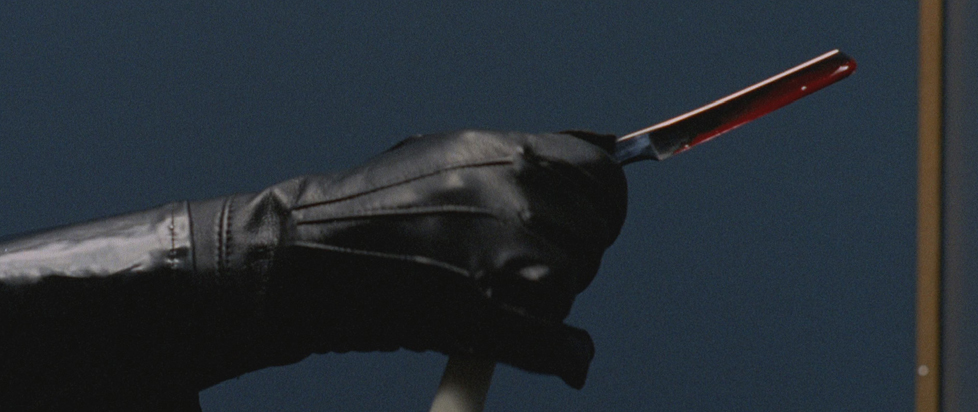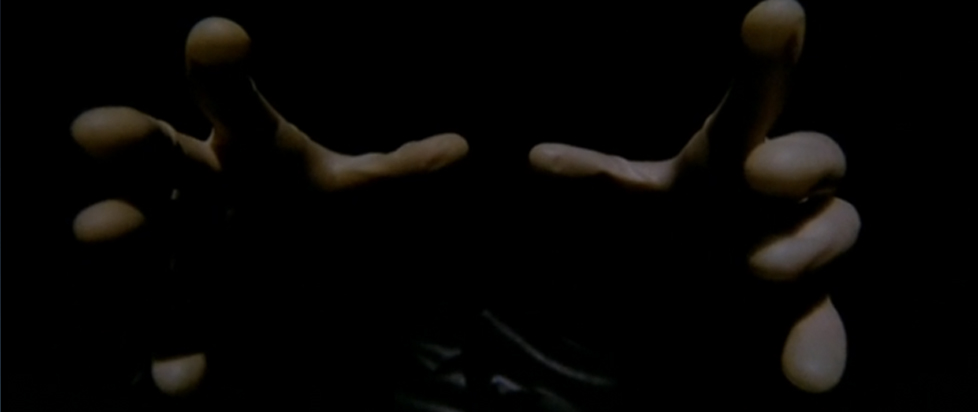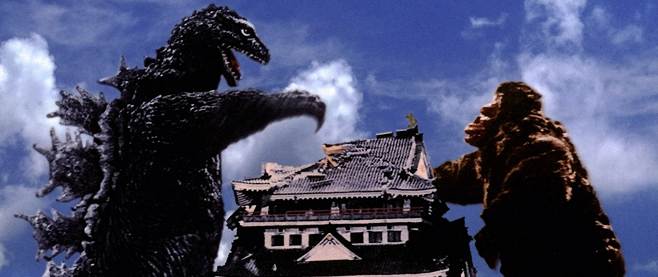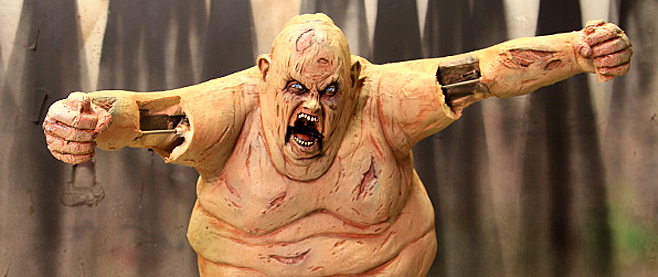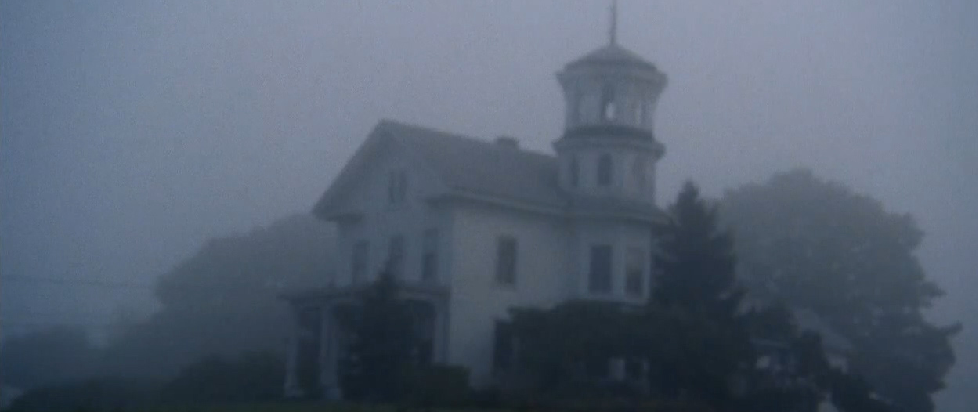
Damp and Rotting
Hello everyone! Welcome to the column formerly known as Giallology; I’m broadening the scope because I watch a lot of stuff and I love writing about film, giallo or otherwise!
———
In 2016 I saw Sweet Sweet Lonely Girl by A.D. Calvo at pre-catastrophe Fantastic Fest. After the movie, critic Kier-La Janisse asked Calvo if he was inspired by 1971’s Let’s Scare Jessica to Death.
I hadn’t seen Jessica at the time, though I’d read Janisse’s House of Psychotic Women and it’s mentioned in there. And I don’t remember Calvo’s response. But having watched it this week, “inspired” is generous—Janisse could’ve just asked him if he, like, intentionally ripped it off? Sweet Sweet Lonely Girl is emblematic of a certain species of horror movie; autumnal, elliptical, vaguely about lesbians in a troublingly reactionary way, and dreadfully slow (regardless of length).
The good versions of this formula probe at gender roles or earnestly depict trauma and illness. A Lizard in a Woman’s Skin, Night of the Hunted, The Fan, Symptoms; their seams never line up. Often they resonate despite themselves. The bad ones exploit all that material for cheap shocks, or at least they feel hollow without that ineffable life-giving spark. See recent efforts like Sun Choke, Lovely Molly, and Starry Eyes, all of which drop the story they pretend to be telling to slobber over gore effects.
Let’s Scare Jessica to Death is a total curio, but Zohra Lampert’s performance as Jessica is uncomfortable and amateur in a way that allows the character’s psychosis to cut deeply. A more studied, mannered actor would come off as fussy and false.* Jessica is demonstrably unwell; her anxiety attacks are spiky, embarrassing, and arrive at inopportune times. In voiceover she quietly—quiet, even in her own head—remarks on events, doubting herself as much as anyone else.
There’s a shot early on in Jessica where a woman sits in a rocking chair on a front porch. We cut away for a reaction shot and when we cut back, she’s gone. Sweet Sweet Lonely Girl has some spooky rocking chair business. Sweet Sweet also pilfers the sodden New England vibe. The alluring girl of dubious corporeality/aliveness—Sweet Sweet copped it. This isn’t to say that Jessica invented this stuff. It’s Carmilla as a mashup of awkward horror classics like Carnival of Souls and Messiah of Evil, with a touch of dreamy Eurohorror (surely “Carmilla as Eurohorror” is a world-historical tautology). But it is felt in a way that’s missing from a lot of retro genre stuff, the stuff that plunders this era of film, scraping about for any idea to toss into a script.
There’s no aloofness. It’s not winking and it’s not smug. Sure, it’s rough; the shooting wavers drunkenly between lush moody exterior shots and flatly-lit interiors, and the actors, aside from Lampert and Mariclare Costello, are, uh, shaky. My partner fell asleep halfway through and afterward I was able to sum up the rest of the movie for them in a single sentence. And I think that’s fine.
Films that tap into that space between waking and sleeping, the sort of bleary half-light of remembered dreams, should be cherished. I want to use this column to bring these movies into focus; I’ll try to write about things that are underseen or under-discussed. I read film writing not to nod in agreement—you can’t get very far in film theory without sniffing some real bullshit—but to watch a writer sort through something they watched, something that affected them. That’s a little idyllic considering the state of arts criticism, but hey. You have to be optimistic.
*It’s the difference between Kaji Meiko, who worked to chisel away expressivity to create a mask of quiet rage in the Female Prisoner Scorpion movies, and Uma Thurman, who in the Kill Bill movies is being instructed to play a Kaji type (and, y’know, also almost getting murdered by her director).


